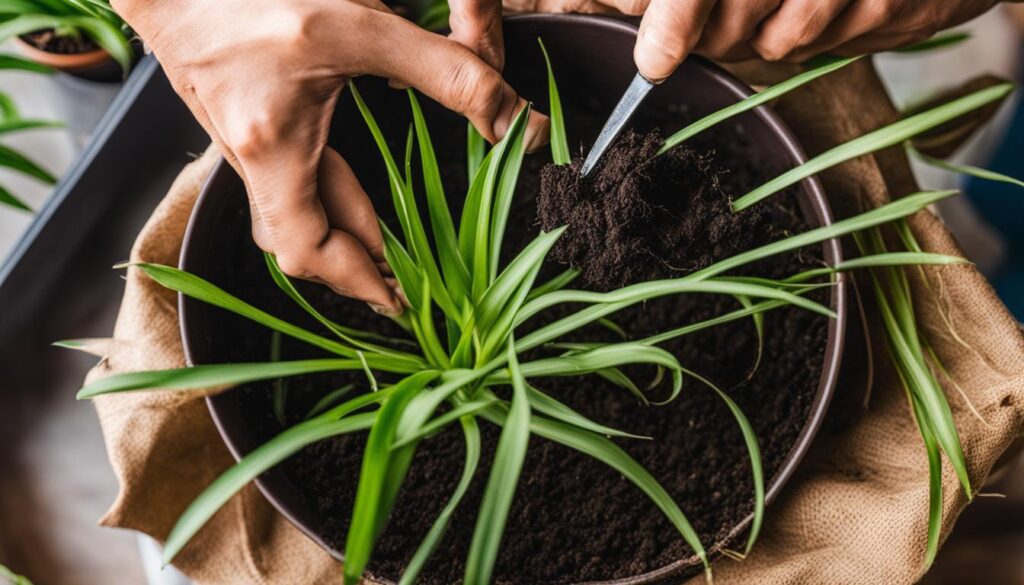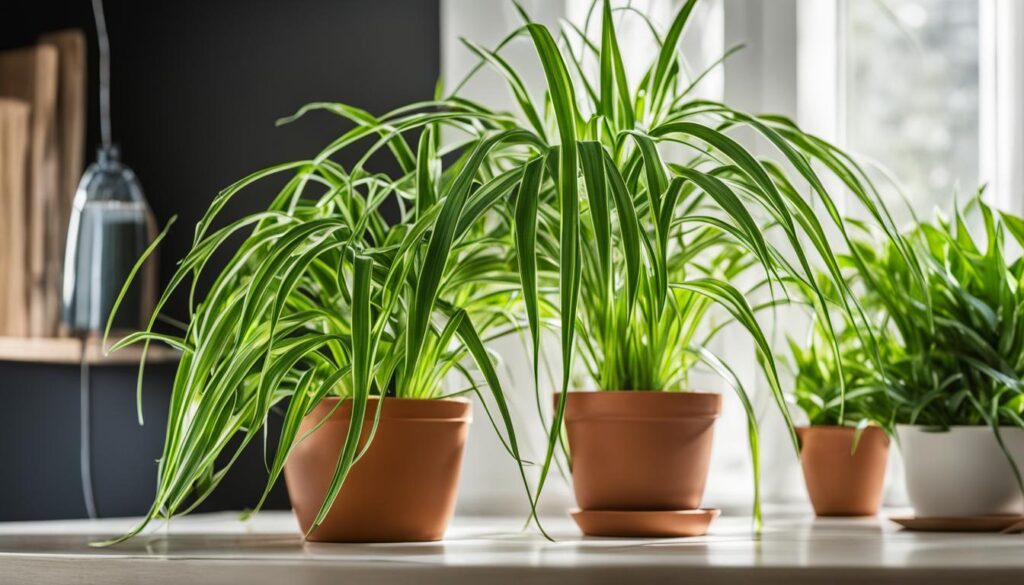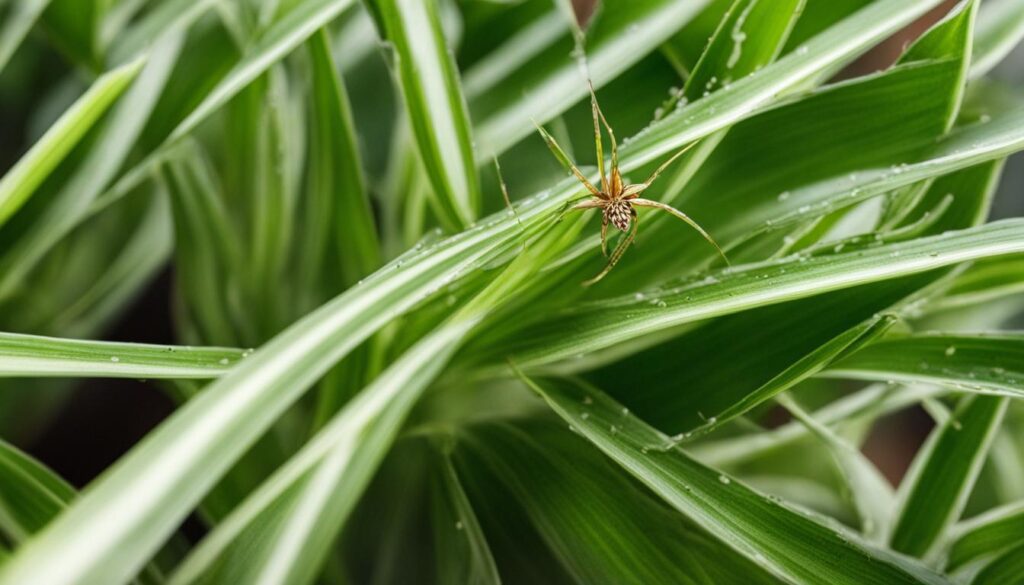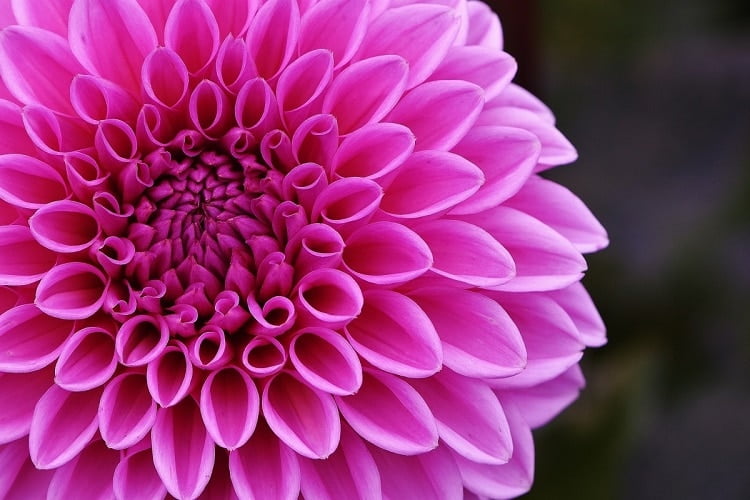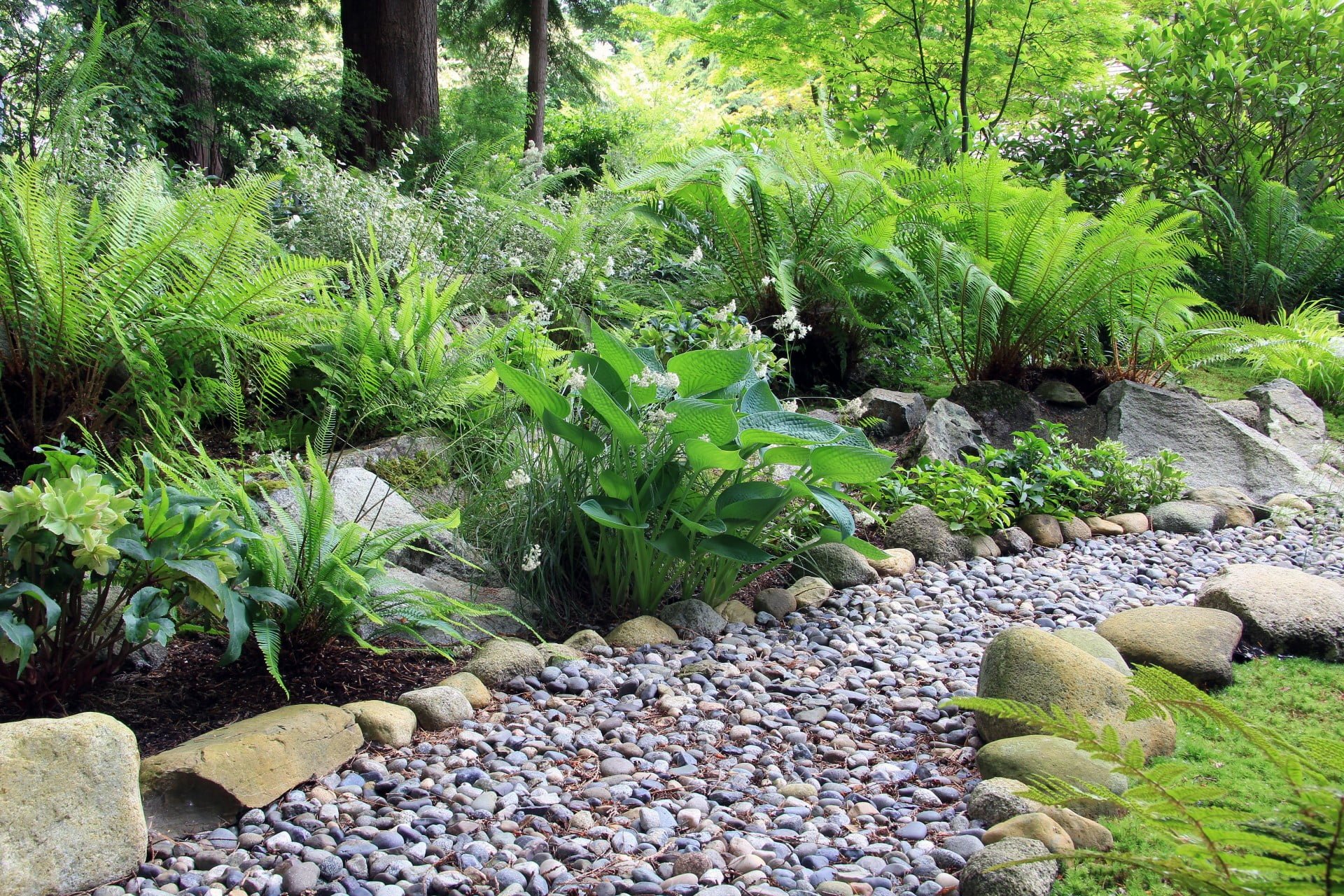Spider plants are popular houseplants known for their hardiness and unique appearance. While they are generally low maintenance, it’s important to be aware of and address any potential diseases that may affect them.
Combatting spider plant diseases involves a combination of prevention tips and effective remedies. By following proper care guidelines and promptly addressing any issues, you can help your spider plants thrive and maintain their beauty.
Post Summary
- Spider plant diseases can be prevented through proper care and attention.
- Common spider plant problems include leaf tip burn and browning/drying of leaves.
- Environmental factors, such as light, watering, and humidity, can affect spider plant health.
- Repotting can help address spider plant issues caused by soil density or pathogen/bacteria presence.
- Regular monitoring and appropriate pest control measures are essential for managing common pests in spider plants.
Common Spider Plant Problems
Spider plants are generally easy to care for, but they can still face a few common problems that affect their overall health and appearance. Understanding these issues can help you prevent and address them promptly, ensuring your spider plants thrive.
Leaf Tip Burn
One of the most prevalent spider plant problems is leaf tip burn, which is characterized by browning and drying of the leaf tips. This can occur due to over-fertilization, underwatering, or water with high mineral or salt content. To prevent leaf tip burn, make sure to follow the recommended fertilization guidelines and avoid excessive use of fertilizers. Additionally, check the mineral content of your water source and consider using filtered or distilled water.
Browning and Drying Leaves
Another common issue that spider plants may experience is the browning and drying of leaves. This can be caused by insufficient watering, where the plant is not receiving enough moisture to sustain its foliage. Ensure you water your spider plants adequately, allowing the top inch of soil to dry out between waterings. Avoid overwatering, as this can lead to root rot and other fungal diseases.
By addressing these common spider plant problems and providing proper care, you can maintain the health and vibrancy of your spider plants, enhancing their aesthetic appeal and longevity.
| Problem | Cause | Prevention and Solution |
|---|---|---|
| Leaf Tip Burn | Over-fertilization, underwatering, high mineral or salt content in water | Follow fertilization guidelines, use filtered water, and avoid excessive use of fertilizers |
| Browning and Drying Leaves | Insufficient watering | Water adequately, allowing the top inch of soil to dry out between waterings |
Environmental Factors Affecting Spider Plants
Creating the right environment is crucial for ensuring the health and vitality of your spider plants. These indoor plants are known for their resilience, but they thrive best when certain conditions are met. By understanding and addressing the environmental factors that can impact spider plant health, you can provide the ideal growing conditions for these unique and beautiful houseplants.
One of the key considerations is light. Spider plants prefer bright, indirect light, making them well-suited for placement near a window or in a well-lit room. While they can tolerate some direct sunlight, prolonged exposure to intense midday light can lead to leaf scorching. Finding the perfect balance of light is essential to promoting optimal growth and preventing damage.
Another crucial aspect to consider is watering. Spider plants should be allowed to dry out between waterings to prevent the risk of root rot. Overwatering can suffocate the roots and lead to fungal infections, while underwatering can result in dry and discolored foliage. Monitoring the moisture levels of the soil and adjusting the frequency of watering accordingly will help maintain the right balance.
Lastly, it’s important to be mindful of the indoor conditions surrounding your spider plants. These plants thrive in moderate temperatures ranging from 65 to 75 °F during the day and slightly cooler temperatures of 50 to 55 °F at night. Avoid exposing them to extreme temperature fluctuations or drafts, as these can stress the plant and compromise its health. Additionally, maintaining appropriate humidity levels will help prevent issues such as leaf tip burn.
Ideal Growing Conditions for Spider Plants
| Environmental Factor | Optimal Range |
|---|---|
| Light | Bright, indirect light; some tolerance for direct sunlight |
| Watering | Allow the soil to dry out between waterings; avoid overwatering and underwatering |
| Temperature | Daytime: 65-75 °F; Nighttime: 50-55 °F |
| Humidity | Maintain moderate humidity levels; avoid drafts |
By creating the right balance of light, moisture, temperature, and humidity, you can provide a conducive environment for your spider plants to thrive. Paying attention to these environmental factors and adjusting as needed will help ensure the long-term health and beauty of your indoor green companions.
Repotting to Address Spider Plant Issues
If you notice your spider plant experiencing issues such as dense soil, root-bound growth, or the presence of pathogens or bacteria in the soil, repotting can be an effective solution. Repotting involves transferring the plant to a new container with fresh, sterile potting medium. This process not only provides the plant with a fresh start but also helps address the underlying problems that may be affecting its health.
When repotting a spider plant, it is important to choose a container that is slightly larger than the current one to allow room for growth. Ensure that the new container has drainage holes to prevent water from pooling and causing root rot. Before repotting, gently loosen and untangle the roots to encourage healthy growth. Trim any damaged or rotting roots with clean scissors to promote new root development.
Once the plant is in its new container, fill the remaining space with fresh, sterile potting medium. A well-draining soil mix, such as one containing a combination of perlite, peat moss, and vermiculite, is ideal for spider plants. Avoid using dense or heavy soils that can retain excessive moisture, as this can lead to root rot and other problems.
| Benefits of Repotting Spider Plants | Steps for Repotting Spider Plants |
|---|---|
|
|
Remember to water the repotted spider plant thoroughly after the process to help settle the soil and promote root establishment. It is important to maintain regular watering and continue providing appropriate light and care for the plant to recover and thrive in its new environment.
Repotting Spider Plants: Tips for Success
“Repotting is an effective way to address spider plant issues such as dense soil, root-bound growth, and soil pathogens. By providing fresh, sterile potting medium and a slightly larger container, you can give your spider plant a fresh start and promote healthier root growth. Don’t forget to trim any damaged roots and choose a well-draining soil mix to prevent moisture-related problems. With proper repotting techniques and continued care, your spider plant will be able to flourish and thrive.”
Prevention and Care Tips
To ensure the health and well-being of your spider plants, it is crucial to follow proper care guidelines and prevention tips. By providing the necessary conditions and avoiding common pitfalls, you can help your spider plants thrive and adorn your living space with their unique charm. Here are some essential tips:
Light and Environmental Conditions:
- Spider plants prefer bright, indirect light. Place them near a window or in a well-lit room, but avoid direct sunlight, as it can lead to leaf scorching.
- Ensure your spider plants are in an environment with a temperature range of 65 to 75 °F during the day and 50 to 55 °F at night.
- Protect your spider plants from extreme temperatures and avoid placing them in drafty areas.
Watering and Soil:
- Spider plants like to dry out between waterings, so allow the top inch of soil to become dry before watering again.
- Ensure your spider plants are planted in well-draining soil to prevent root rot. Avoid overwatering, as it can lead to fungal diseases.
- Use filtered water or rainwater to avoid chemical buildup and prevent mineral imbalances.
Fertilizing and Pests:
- Spider plants generally don’t require heavy fertilization. Use a balanced, diluted fertilizer during the growing season to promote healthy growth.
- Regularly inspect your spider plants for signs of pests such as whiteflies, spider mites, scales, or aphids. Promptly address any infestations with appropriate pest control measures.
By following these care guidelines and prevention tips, you can create an optimal environment for your spider plants, minimizing the risk of diseases and promoting their overall health and vitality.
Common Pests Affecting Spider Plants
While spider plants are generally hardy, they can be susceptible to certain pests that can cause damage and affect their overall health. It’s important to be aware of these common pests and take appropriate measures to manage and prevent infestations. The most common insect pests that can affect spider plants include whiteflies, spider mites, scales, and aphids.
Whiteflies are small, winged insects that feed on the leaves of spider plants. They often leave behind sticky honeydew and can quickly multiply if not addressed. Spider mites are tiny pests that can cause discoloration and webbing on the leaves. Scales are small, immobile pests that attach themselves to the leaves and stems, sucking sap from the plant. Aphids are small, soft-bodied insects that can multiply rapidly and cause leaf damage.
To manage and prevent pest infestations, regular monitoring is important. Inspect your spider plants frequently for signs of pests, such as webbing, sticky residue, or curling leaves. If you notice any infestations, there are several options for pest control. You can use insecticidal soaps, which are mild and effective against a variety of pests. Alternatively, natural remedies like neem oil or a mixture of water and mild dish soap can also be used.
| Pest | Description | Treatment |
|---|---|---|
| Whiteflies | Small, winged insects that feed on plant leaves. | Insecticidal soap or neem oil. |
| Spider Mites | Tiny pests that cause discoloration and webbing on leaves. | Insecticidal soap or water with mild dish soap. |
| Scales | Small, immobile pests that attach to leaves and suck sap. | Insecticidal soap or neem oil. |
| Aphids | Small, soft-bodied insects that multiply rapidly and damage leaves. | Insecticidal soap or water with mild dish soap. |
It’s important to follow the instructions provided with any pest control products and ensure you use them in a well-ventilated area. Be sure to treat both the upper and lower surfaces of the leaves, as pests can hide on the undersides. Additionally, it’s a good practice to isolate any infested plants to prevent the spread of pests to other houseplants.
By staying vigilant and taking prompt action, you can effectively manage and prevent pest problems in your spider plants, allowing them to thrive and maintain their beauty.
Watering Tips for Spider Plants
Proper watering is essential for maintaining the health and vitality of your spider plants. To ensure optimal growth and prevent water-related stress, it is important to follow these watering tips and techniques:
- Timing: Spider plants should be watered when the top inch of soil feels dry to the touch. Overwatering can lead to root rot, while underwatering can result in dry and discolored foliage.
- Drainage: Make sure your spider plant’s pot has proper drainage holes to allow excess water to escape. Allowing water to pool at the bottom of the pot can lead to root rot and other water-related issues.
- Consistency: Establish a consistent watering schedule for your spider plant, providing it with a steady supply of moisture. Avoid sporadic watering, as it can cause stress and fluctuations in soil moisture levels.
- Watering methods: Water your spider plant evenly and thoroughly, ensuring that the entire root ball is adequately moistened. Avoid splashing water on the foliage, as it can promote fungal diseases.
- Water quality: Spider plants are sensitive to chemicals and minerals present in tap water. Consider using filtered water or rainwater to prevent the buildup of harmful substances in the soil.
“Proper watering is essential for maintaining the health and vitality of your spider plants.”
Monitoring Moisture Levels
Regularly check the moisture levels of your spider plant’s soil to ensure it receives adequate hydration without becoming waterlogged. To do this, insert your finger or a moisture meter about an inch into the soil. If it feels dry, it’s time to water. If it feels moist, give it more time before watering again.
Preventing Water Stress
Water stress can negatively impact the health of your spider plant. Overwatering can lead to root rot and suffocation of the roots, while underwatering can cause the plant to wilt and negatively affect its overall growth. Maintaining proper moisture levels and following the watering tips outlined above will help prevent water stress and promote the flourishing of your spider plant.
Troubleshooting Leaf Discoloration
Leaf discoloration, particularly black tips, can indicate various issues with spider plants. Reddish-brown tips may suggest excess fluoride in the water, while tan to gray tips can indicate toxic water with high boron levels. Adjusting the water source, using filtered or distilled water, and flushing the soil can help alleviate these problems. It is also important to consider the possibility of diseases, such as bacterial leaf blight and tip burn, which can cause browning and discoloration.
If you notice black tips on your spider plant leaves, it is a sign that something is amiss. Excess fluoride in the water can cause leaf discoloration, so using filtered water or switching to distilled water may help prevent this issue. Another common cause of discoloration is toxic water with high boron levels. Flushing the soil with fresh water can help remove any buildup of harmful substances.
Leaf discoloration can also be an indication of diseases that can affect spider plants. Bacterial leaf blight and tip burn are two common diseases that can cause browning and discoloration of the leaves. It is important to monitor your spider plant closely for any signs of disease and take appropriate action to prevent further spread.
In summary, leaf discoloration, especially black tips, can result from various factors such as excess fluoride in the water, toxic water with high boron levels, or diseases like bacterial leaf blight. Taking steps to adjust the water source, using filtered or distilled water, flushing the soil, and monitoring for diseases can help address leaf discoloration issues in spider plants.
Best Cultivation Practices for Spider Plants
Spider plants are versatile and easy to grow, making them a popular choice for indoor plant enthusiasts. To ensure the optimal growth and health of your spider plants, it’s important to follow the best cultivation practices. Here are some key factors to consider:
Light:
Spider plants thrive in bright, indirect light. Place them near a window with filtered sunlight or in a well-lit room. They can tolerate some direct sunlight, but excessive exposure to intense midday light can lead to leaf scorching. Adjust the placement of your spider plants accordingly to provide them with the ideal light conditions.
Temperature:
Spider plants prefer temperatures between 65 and 75 °F during the day and slightly cooler temperatures, around 50 to 55 °F, at night. Avoid exposing them to extreme temperatures or sudden temperature fluctuations, as this can stress the plants and affect their growth.
Soil:
Well-draining soil is crucial for spider plants to prevent waterlogging and root rot. Choose a high-quality potting mix specifically formulated for houseplants or create a well-draining soil mix by combining peat moss, perlite, and vermiculite. This allows excess water to drain away, keeping the roots healthy and preventing moisture-related issues.
“Proper light, temperature, and soil conditions are essential for the successful cultivation of spider plants.”
When repotting spider plants, make sure to use containers with drainage holes to promote proper drainage. Additionally, avoid overpotting to prevent the soil from retaining excess moisture. Spider plants prefer to be slightly root-bound, so there is no need to repot them frequently unless they become severely overcrowded.
By following these best cultivation practices and providing the ideal growing conditions, you can ensure that your spider plants thrive and add a touch of greenery to your indoor space.
Conclusion
Proper care and attention can help prevent and address common spider plant diseases and problems. By providing the right growing conditions, avoiding overwatering, monitoring for pests, and addressing issues promptly, spider plants can thrive and display their unique charm. Remember to follow the guidelines and adjust care practices based on the specific needs of your spider plants to ensure long-lasting health and beauty.
Could the Diseases that Affect Hibiscus Plants Also Affect Spider Plants?
Yes, common hibiscus plant diseases such as powdery mildew and root rot can also affect spider plants. These diseases are often caused by similar environmental conditions and can easily spread from one plant to another. Proper care and maintenance can help prevent the spread of diseases among different plant species.
FAQ
What are the common diseases that can affect spider plants?
Spider plants can be affected by fungal leaf rot and fungal root rot, usually caused by overwatering and poorly draining soil. However, most spider plant problems are related to environmental factors rather than disease.
How can I prevent leaf tip burn in spider plants?
Leaf tip burn in spider plants can be prevented by avoiding over-fertilization, underwatering, and using water with high mineral or salt content.
What should I do if my spider plant’s leaves are browning and drying?
Browning and drying of spider plant leaves may indicate insufficient watering. Adjust your watering practices to ensure the plant receives adequate moisture.
How can I maintain the overall health of spider plants?
To maintain the health of spider plants, provide bright, indirect light, allow the soil to dry out between waterings, maintain appropriate humidity levels, and avoid drafts during winter.
Is repotting recommended for spider plants experiencing problems?
Yes, repotting can help address issues caused by dense soil, root-bound plants, and pathogens or bacteria in the soil. Use clean tools and proper planting techniques when repotting.
What are some preventive care tips for spider plants?
Follow proper care guidelines such as providing adequate light, avoiding overwatering, using well-draining soil, and using appropriate fertilizing practices. Protect the plants from extreme temperatures, drafts, and promptly address any pest issues.
What are the common pests that affect spider plants?
Common pests that affect spider plants include whiteflies, spider mites, scales, and aphids. Regular monitoring and appropriate pest control measures can help manage and prevent infestations.
How should I water spider plants?
Water spider plants when the top inch of soil feels dry. Allow excess water to drain freely and avoid standing water. Maintain proper humidity levels and consider using filtered or rainwater to prevent chemical and fertilizer buildup.
Why do spider plant leaves discolor, particularly the tips?
Leaf discoloration in spider plants, including black tips, can be caused by excess fluoride or toxic water with high boron levels. Adjusting the water source, using filtered or distilled water, and flushing the soil can help alleviate these problems. Diseases like bacterial leaf blight and tip burn can also cause browning and discoloration.
What are the best cultivation practices for spider plants?
Spider plants thrive in bright, indirect light and prefer temperatures between 65 and 75 °F during the day and 50 to 55 °F at night. Use well-draining potting soil and feed the plants with appropriate fertilizer during periods of active growth. Divide and repot spider plants when the roots outgrow the container.






